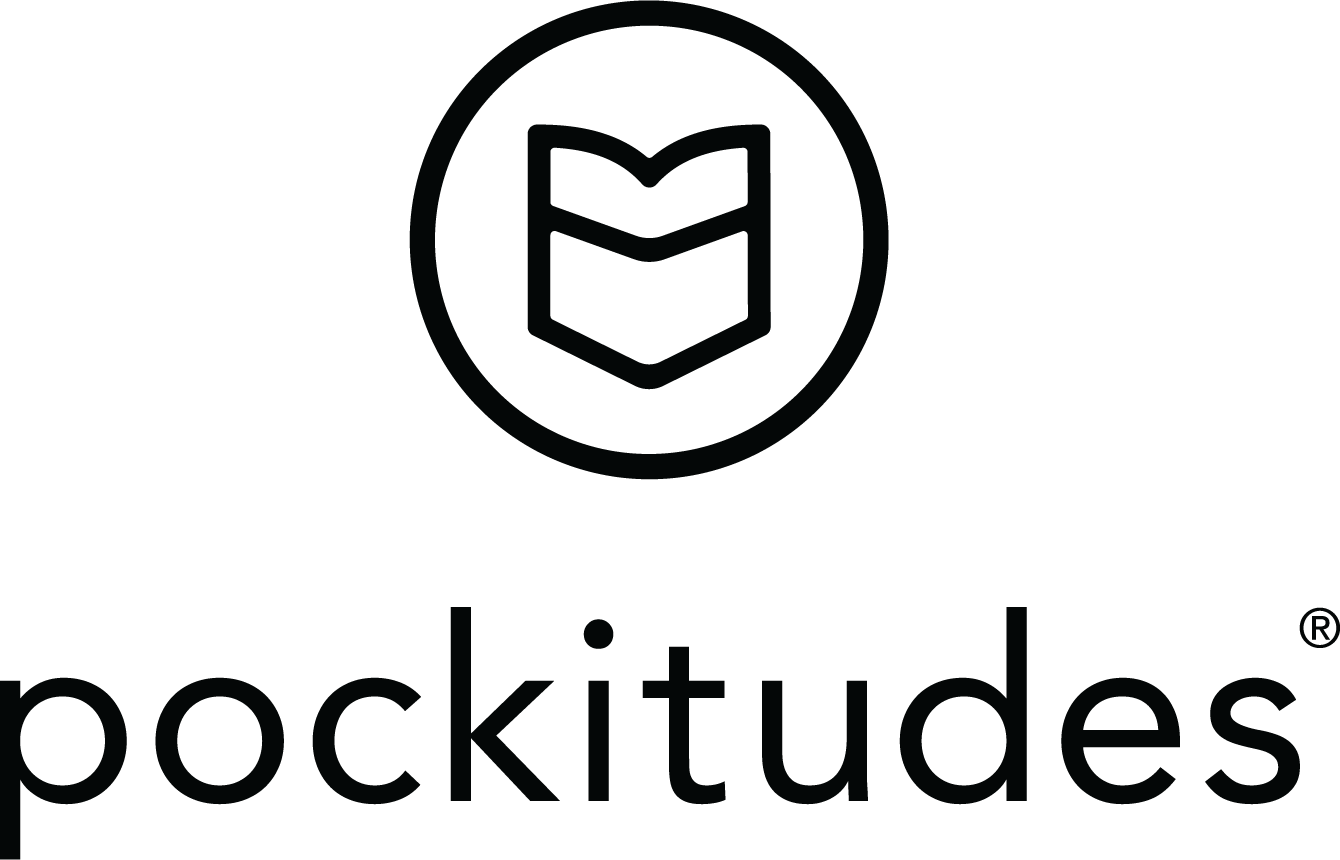The Question We Need to Ask
To answer that, we must move past hype. We must examine: where AI can add value to emotional well-being, where it fails, and what guardrails must accompany it. This is not a technological utopia piece, nor a doomsday warning; it is a clear-eyed exploration of possibility.
Healing is messy. Emotions are subtle. Human growth is nonlinear. So any claim that “AI will fix people’s feelings” should be met with skepticism. But that does not mean AI has no place. The question is: Under what conditions—and for whom—can it help?
We begin by surveying the evidence. Then we peel back the architecture: what kinds of AI are in use today for mental health and emotional well-being, with what trade-offs. Then we look ahead: how to design, deploy, evaluate, integrate AI ethically. Finally we finish with a framework: how you (reader, creator, or curious individual) can experiment wisely with AI in your own emotional life.
What the Research Says (and Doesn’t)
First, let’s establish what we “know.” The scientific literature is young. AI in mental health is not a mature field. But progress is real—and the gains and pitfalls are both instructive.
Early Detection, Screening & Risk Prediction
One of the more promising domains is early detection and risk prediction. Because AI excels at finding patterns in large data, it can, in theory, spot warning signs before they become crises.
A review in Artificial Intelligence for Mental Health and Mental Illnesses notes that AI models have used electronic health records, mood rating scales, brain imaging, smartphone data, even social media to classify or predict depression, schizophrenia, or suicidal ideation. (PMC)
That same review cautions: the datasets are often small, biased, and lack longitudinal robustness. So while some models achieve high accuracy in controlled settings, their generalizability to the real world is limited. (PMC)
More recently, a study from Duke Health built a model that predicted which adolescents are at high risk for serious mental health issues before symptoms become severe. (Duke Health)
A BMC Psychiatry article reports that AI-driven tools, such as conversational agents or predictive modeling, can improve engagement, tailor interventions, and support early diagnosis—especially in under-resourced settings. (BioMed Central)
A broader review in ScienceDirect on “Enhancing mental health with Artificial Intelligence” lays out trends: integrating AI as a decision support tool, triage systems, mobile mental health apps, etc. (ScienceDirect)
So the evidence suggests that AI has a clearer role in augmenting detection, triage, and scaling support—especially where human resources are scarce.
Conversational Agents, Chatbots & AI Coaching
One of the most visible applications: AI chatbots, virtual emotional agents, or coaching systems. They promise immediate access, 24/7 availability, anonymity, and low cost. But the effectiveness is mixed.
The Artificial intelligence in positive mental health: a narrative review shows that AI has been used in symptom assessment, referral, and basic therapeutic conversation. But limitations include poor interpretability, overfitting, and lack of true empathy. (PMC)
Some systems combine human + AI collaboration. For example, a trial in peer support used an AI “in-the-loop” agent that nudged human supporters to respond more empathically. It increased conversational empathy by nearly 20 %. (arXiv)
The Stanford HAI warns of dangers: chatbots may misinterpret emotional nuance, give misleading or unsafe suggestions, or reinforce harmful behavior. (Stanford HAI)
AI marketing often uses language like “empathy,” “trusted companion,” or “emotional support”—which can mislead users. Jodi Halpern, a bioethicist, cautions against such framing, saying it manipulates vulnerable users. (UC Berkeley Public Health)
In the Frontiers in Psychology piece on “technostress,” researchers found that certain dimensions of AI use (techno-overload, techno-invasion, techno-complexity) correlate positively with anxiety and depression symptoms. In simpler terms: when tech becomes overwhelming or blurs boundaries, it adds emotional strain. (Frontiers)
Moreover, the Mental Health & AI Dependence paper suggests that existing anxiety or depression may drive overuse of conversational AI, and this could create feedback loops. (Dove Medical Press)
Therefore, chatbots are promising in limited, supportive roles, but they are not replacements for human therapeutic presence.
Emotion Recognition & Affective AI
Another frontier: emotional AI (also called affective computing). These are systems that attempt to detect human emotion via voice tone, facial expression, biometrics, text sentiment, or physiological signals.
Affectiva, a now-acquired company, was among the pioneers, developing AI that reads human emotions via facial expression and vocal intonation. (Wikipedia)
A recent MIT study showed that an “empathic AI agent” could reduce the negative impact of anger on creative problem solving, suggesting that computational empathy can moderate emotional states in controlled tasks. (MIT Media Lab)
Another research thread: the MindScape study integrates LLM + behavioral sensing to create personalized journaling experiences. Over 8 weeks, participants experienced a 7 % increase in positive affect, 11 % reduction in negative affect, and improvements in mindfulness and self-reflection. (arXiv)
On the flip side, scholars are raising red flags. A recent paper “Feeling Machines” explores the cultural, ethical, and psychological implications of emotional AI, especially regarding manipulation, bias, and the risk of overreliance. (arXiv)
Emotion recognition systems are exciting, but their “empathy” is synthetic. They infer, not feel. The gap between inference and genuine emotional resonance is real and meaningful.
Risks, Harms & Ethical Considerations
We must not gloss over the downsides. Some challenges are structural; some are emergent.
Data privacy & consent: Emotional data—voice, facial expressions, biometric signals—is intensely personal. Misuse or leaks could harm individuals. Many AI systems remain opaque, making it unclear how data is used or stored. (OUP Academic)
Algorithmic bias & cultural mismatch: Emotional expressions vary by culture, gender, neurodiversity, and more. If an AI is trained on limited demographic data, its inferences may misread or misinterpret large populations. (OUP Academic)
Overreliance & dependency: If people begin to see AI agents as primary emotional companions, what happens when they fail or make errors? The Mental Health and AI Dependence paper warns that depression and anxiety can drive AI overuse, which can worsen social isolation. (Dove Medical Press)
Emotional manipulation & persuasion: AI that “knows how you feel” can influence behavior—nudges, suggestions, tailoring content. Without transparency, that influence can turn manipulative. Feeling Machines warns of this risk. (arXiv)
Regulation gaps & safety: A Stanford study highlights that many chatbots lack clinical oversight or robust mechanisms for crisis detection. Missteps can harm vulnerable users. (Stanford HAI)
Technostress & boundary erosion: When AI tools invade personal time or demand constant engagement, they can generate emotional fatigue. Frontiers links techno-invasion with higher anxiety and depression. (Frontiers)
Therapeutic substitution risk: Some jurisdictions are already acting. For example, Illinois recently banned AI therapy (i.e. using AI to conduct or deliver mental health treatment) without licensed oversight. (The Washington Post)
In sum, AI in emotional domains is not pure benefit; its risks must be explicitly managed.
What Works Best: A Map of Use Cases & Boundaries
Now that we have the terrain, here’s a practical map: what roles AI can serve well in the emotional / mental wellness space, and where human presence remains essential.
Roles Where AI Can Help
Screening and Triage — AI can be highly effective in identifying early warning signs of mental health struggles such as suicidal ideation, severe depression, or other risk factors. It does this through digital questionnaires and behavioral signals gathered from apps or devices. The main strengths here are scalability, early intervention, and the ability to reach people who might not otherwise have access to mental health care. The limitation is accuracy. AI may produce false positives or negatives, leading to either unnecessary alarm or missed warnings. Without human context, overdiagnosis and misinterpretation remain real risks.
Just-in-Time Support and Microinterventions — AI systems can offer brief prompts, breathing exercises, or emotional check-ins throughout the day. These microinterventions are low-barrier, easy to use, and can help reinforce healthy routines. Their advantage lies in accessibility and continuous presence—a form of emotional scaffolding available whenever needed. Yet, they are not deep or durable forms of support. AI can remind you to pause, breathe, or reflect, but it is not built to handle emotional crises or sustained distress.
Augmented Reflection and Journaling Prompts — Some AI tools now provide personalized journaling suggestions and insights based on previous reflections or detected emotional tone. This approach scales introspection, giving users a nudge toward self-awareness. Systems like MindScape show that personalized prompts can help people deepen reflection over time. Still, these tools require calibration to avoid becoming repetitive or formulaic, and they risk users leaning too heavily on the algorithm’s “voice” rather than developing their own.
Empathy Feedback for Human Facilitators — AI can play a behind-the-scenes role in coaching human helpers—such as peer supporters, moderators, or counselors—to respond more empathetically. Research shows that this hybrid approach amplifies human connection while preserving the therapist or supporter’s role at the center. However, it introduces a new dependency: facilitators might come to rely on algorithmic nudges instead of cultivating their own empathic skills. Proper training and oversight are essential.
Support in Low-Stakes Contexts — Finally, AI can be a companion for those seeking casual emotional check-ins, simple journaling prompts, or mood tracking. Its strengths are accessibility, anonymity, and convenience. These low-stakes contexts are where AI shines because expectations are realistic. Still, even here, boundaries matter. No AI companion—no matter how “empathetic” it seems—should replace licensed human therapists for serious emotional or mental health concerns.
Would you like me to do the same conversion for the Roles AI Cannot Perform Reliably section next?
Roles AI Cannot (Yet) Perform Reliably
Deep therapeutic relationship building: The trust, emotional attunement, and unpredictability of human therapists is not replicable in AI.
Diagnosis and treatment planning (solely by AI): Mental health is complex, contextual, subjective. AI may assist clinicians but should not replace them.
Crisis intervention / suicidality: AI systems cannot reliably detect or respond with guaranteed safety in high-risk situations.
Ethical judgment / wisdom-based advice: AI lacks moral grounding. It can suggest, but it should not dictate.
Sustained emotional transformations: Long-term healing often involves ruptures, confrontation, resistance. AI is not yet suited to guide through that terrain.
Practical Tips for Users (What You Can Do):
Choose AI systems that give transparency.
Use AI in low-stakes, supportive roles first.
Maintain human support (therapist, coach, friend).
Regularly audit whether AI feels helpful or burdensome.
Protect your data: review permissions, limit continuous monitoring if uncomfortable.
Can Technology Help You Heal?
Yes—but conditionally, carefully, and humbly. AI will not replace the scars, conflict, resistance, and deep relational bond that often drive transformation. Healing is fundamentally human.
Yet AI can:
help detect patterns you miss
offer micro-prompts when you’re stuck
suggest reflections when your emotional radar is silent
scale access to support in underserved contexts
act as scaffold between sessions, rather than a substitute
But it cannot:
truly empathize
supplant crisis intervention
carry the full weight of your emotional journey
If you approach AI in emotional well-being with humility and clear boundaries, you may find it becomes a quiet companion on your path, less a guru and more a guidepost. But always remember that healing happens in the unseen spaces inside you, in relationship, in choice, and in confrontation. Technology may light a lamp, but you are the one walking the road.
Approached this way, AI can serve as a mirror that reflects patterns, possibilities, and reminders, but it cannot hold you. The courage to feel, to forgive, and to begin again will always belong to you. Let the tools help you see more clearly, but keep your hands on the work of the heart.

